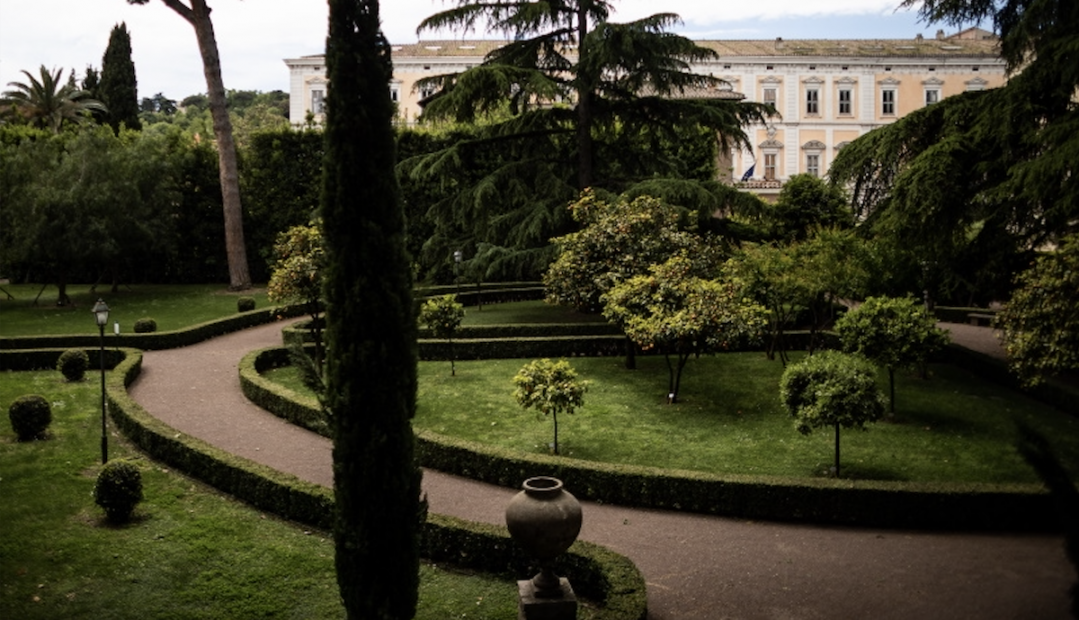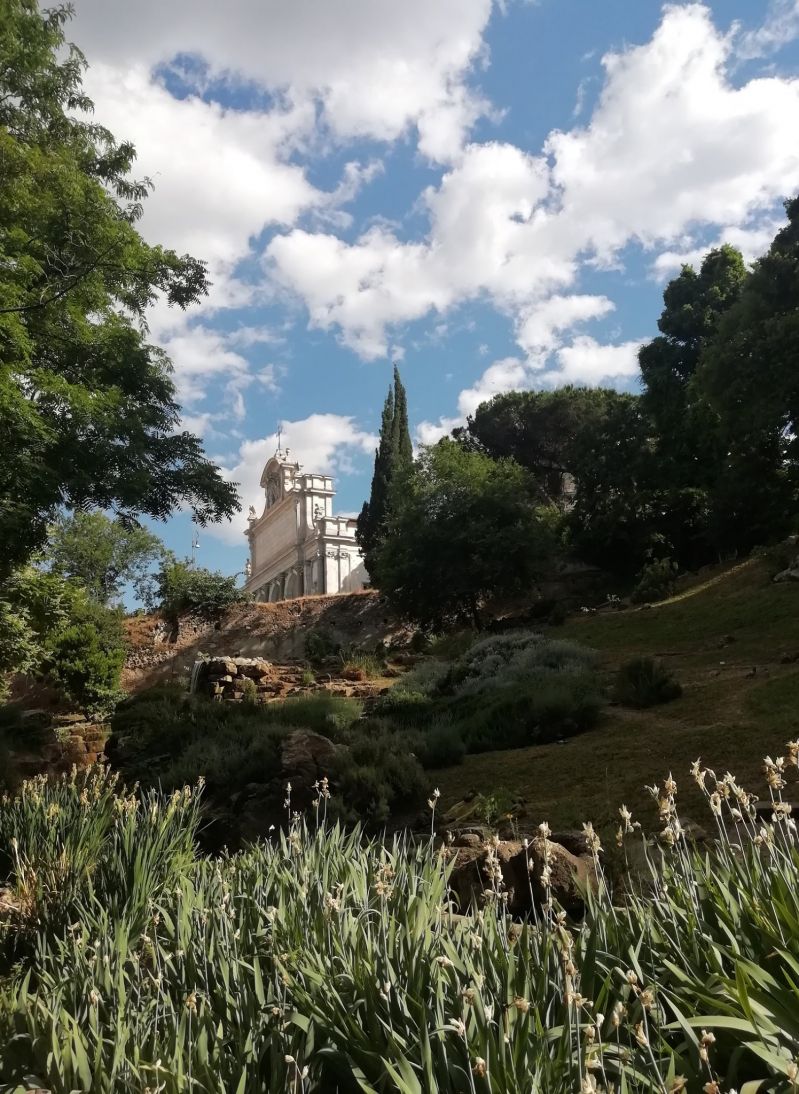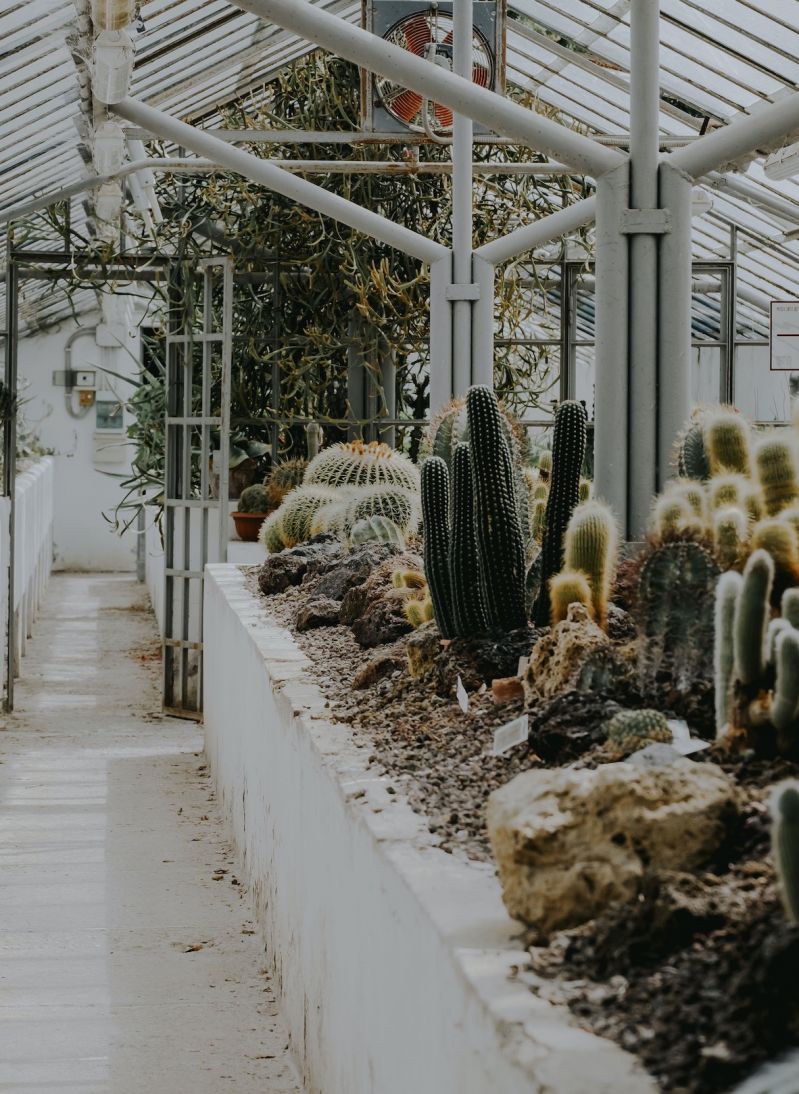JOIN the AFICIONADOS
Get the insider news and lowdown on what we've been up to, where we've been, and who we've met along the way. Be the first to discover new places and get the scoop on our favourites.
When in Rome…most visitors tend to stick to immersing themselves in the plentiful historic sights, covering 3000 years of human endeavour featuring architectural feats like the Colosseum, Renaissance art depicting life and the dominating St Peter’s Basilica.
Nothing can take away from these lofty, grand sights, but as a tip, we’d recommend changing things up a little on your trip. Namely, absorbing a little green inspiration on your city break, an equally interesting way to learn about the city, while soaking up cool greens and shady spots.
The botanical garden of Rome, or Museo Orto Botanico di Roma as it’s known to the locals, at the Sapienza University of Rome is located in the heart of the city, between Via della Lungara and Colle del Gianicolo, in an archaeological area once known for the thermal baths of Septimus Severus. As well as covering a large natural area of around 30 hectares, the site is also home to four decorative and historic greenhouses.
Get your phone ready as you enter the Corsini Greenhouse, created in 1800 and named after the Corsini Palace which borders one side of the botanical garden, filled with the kind of succulents that will set your Insta on fire. The ‘Monumental Greenhouse’ is home to a euphorbia collection, with beautifully gabled greenhouses housing the garden’s orchids. The Tropical Greenhouse transports you right out of Rome - to the Amazon Rainforest, where its sultry climate reveals exotic flowering plants.
The Museo Orto Botanico di Roma is also known for its ginormous trees, which also helps to block the city sounds out, creating a peaceful idyll to enjoy nature. Look out for impressive oaks, oriental plane trees and Himalayan cedars.
To combine a little ancient sightseeing into your garden break, head to the bamboo forest, in the southern side of the botanical garden, where bamboo grows up to 30com a day, and you can spot the remains of the ancient Roman Aurelian walls, constructed around 275AD.
Like all good botanical gardens there is a collection of medicinal plants in the herbal garden, and a nice touch is the Butterfly Eden, a tropical enclosure with a wooden walkway where butterflies and caterpillars can be examined at close quarters, even landing on your clothes and face. With your green levels fully topped up, it’s time to explore the rest of Rome.




